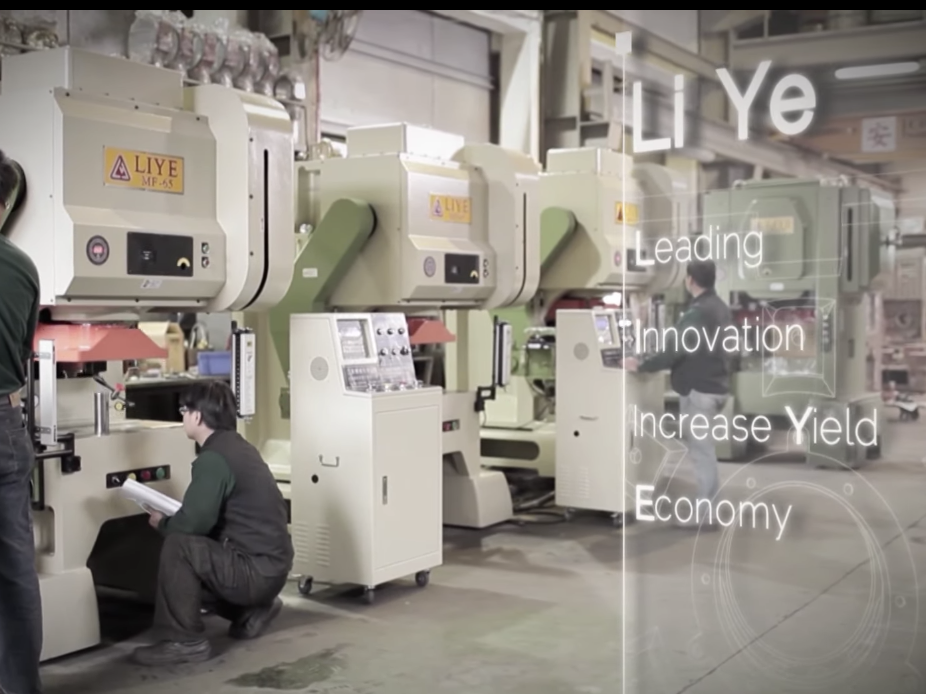
Everything You Should Know about a Press Machine
A press machine is sheet metal working equipment with a fixed bed and a motorized ram that can be moved away or towards the bed to impart force or needed pressure for various metal forming processes.
The construction of the press's frame determines the relative placements of bed and ram. The punch is usually retained in the punch holder, connected to the ram. A balster steel plate is put on the press's bed, and the die is fastened to the balster steel plate.
Power and drive system:
Hydraulic presses, which utilize a big piston and cylinder to drive the ram, or pneumatic presses, use a huge piston and cylinder to drive the ram. Longer ram strokes are possible with this method than with mechanical dries. It ensures that the imposed load is constant.
Its operation is noticeably slower. Single-action, double-action, and other types of presses are available. The number of independently functioning slides determines the number of actions.
Various sorts of driving mechanisms are utilized in mechanical presses. Eccentric, crankshaft and knuckle joint drives are examples of these drives. These drives transform a motor's rotating motion into a ram's linear motion.
A flywheel is a kind of energy storage device that is often used in forging operations. Because the involved drives may generate very high pressures after their strokes, these presses are ideal for blanking and punching operations.
Automobile, aviation, communications, electrical appliances, and utensil manufacturing sectors are just a few examples of businesses that employ press working.
What are the different types of Press machines?
The following is a categorization of several kinds of press machines:
Classification based on the source of electricity
- Hand presses/ ball presses/ fly presses
- Power Press
Classification based on the frame's design
- Inclinable
- Pillar
- Gap
- Adjustable
- Horn
- Straight side
How does a mechanical press machine work?
The mechanical press machine's concept is to convert circular motion into linear motion, with the primary engine providing the force for driving the flywheel. The clutch drives the gear, the crankshaft (or eccentric gear), the connecting rod, and other components to achieve the slider's linear motion.
The motor accelerates towards the connecting rod in a circular motion. A linear motion and circular motion transfer point are needed between the connecting rod and the slider.
A mechanical press machine's architecture consists of roughly two mechanisms: one is a spherical type, and the other is a type of pin, specifically a cylindrical type, which converts circular motion into linear motion of the slider. The presses release the stress on the material to bend it plastically to produce the required form and precision.
The press's mechanical body absorbs the reaction force created by force given to the material during manufacture. Thus the set of molds must be aligned, the upper and lower molds must be separated, the material must be placed between them, and the bending system must be pressed.
